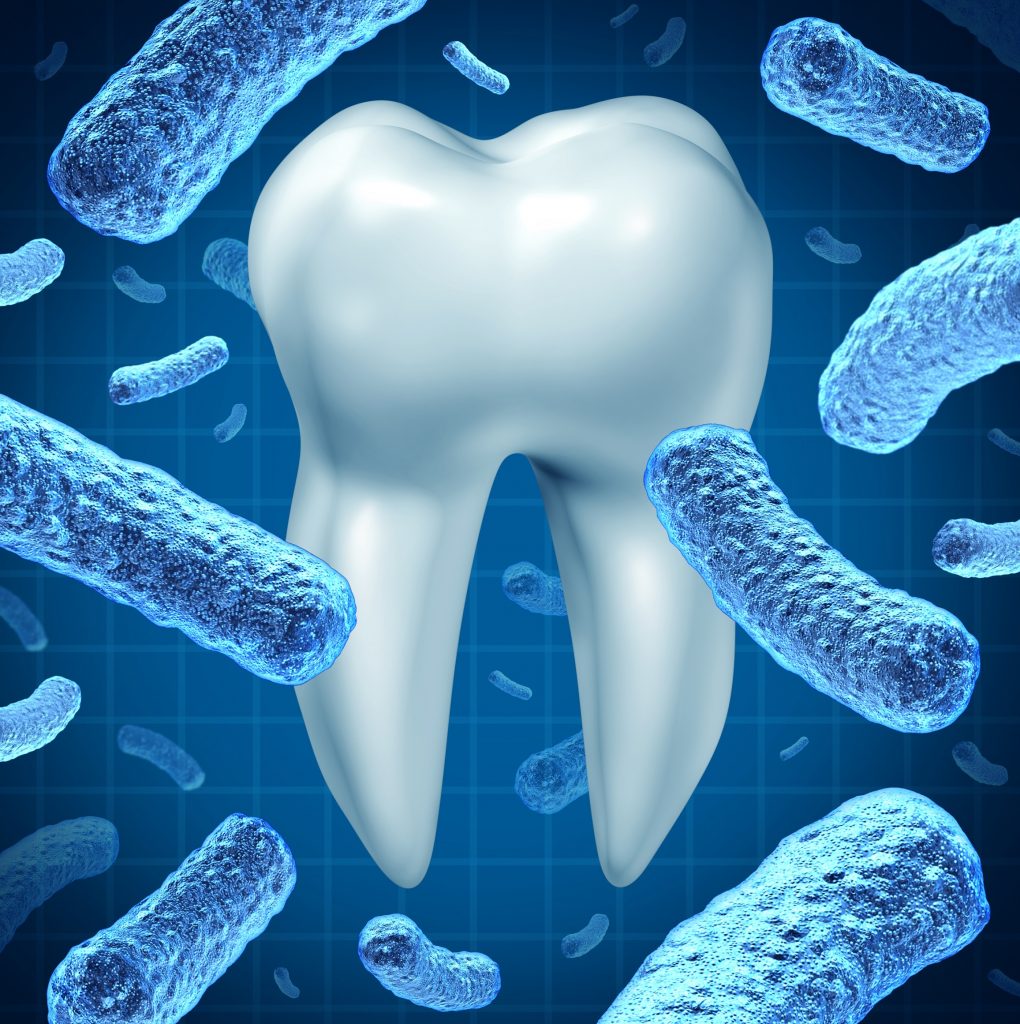
We all want our smile to be the best it can possibly be, but in order to keep it that way, we take some time every day to brush, floss and rinse our teeth. Taking this moment will not only you’re your smile clean and bright but will also prevent future dental issues from arising. Unfortunately, if we aren’t diligent, the result will develop into plaque.
The formation of plaque is caused by the lack of thorough brushing and flossing within our daily dental routine. Plaque poses as a huge threat to your teeth because once the plaque hardens, the end result is tartar. Unfortunately, tartar cannot be removed with brushing or flossing, but can be removed through professional teeth cleanings, which means another dental appointment in your future.
During this dental appointment, you can expect to receive a full scheduled hour with a registered dental hygienist, who will use the latest technology to thoroughly clean the surfaces of your teeth in order to prevent a variety of problems including tooth decay and gum disease. In addition, you will not only diminish any plaque buildup in your mouth but will be able to maintain ideal oral health. Along with a professional teeth cleaning, your dental hygienist will take the time to check periodontal measurements, check oral pathology, and perform fluoride treatments.
It is necessary to emphasize the importance of professional teeth cleanings because brushing and flossing alone will not completely prevent dental problems. As much as you may try to avoid it, visiting the dentist on a regular basis is a must. Only they can truly ensure you’re keeping your smile the healthiest it can be.
If you would like to find out more about plaque, contact Dr. Mohammad Ahmadi at 323-312-0500 to schedule a consultation or visit www.dentalimplantcare.com for additional information.
Dr. Ahmadi proudly serves Bell and all surrounding areas.
